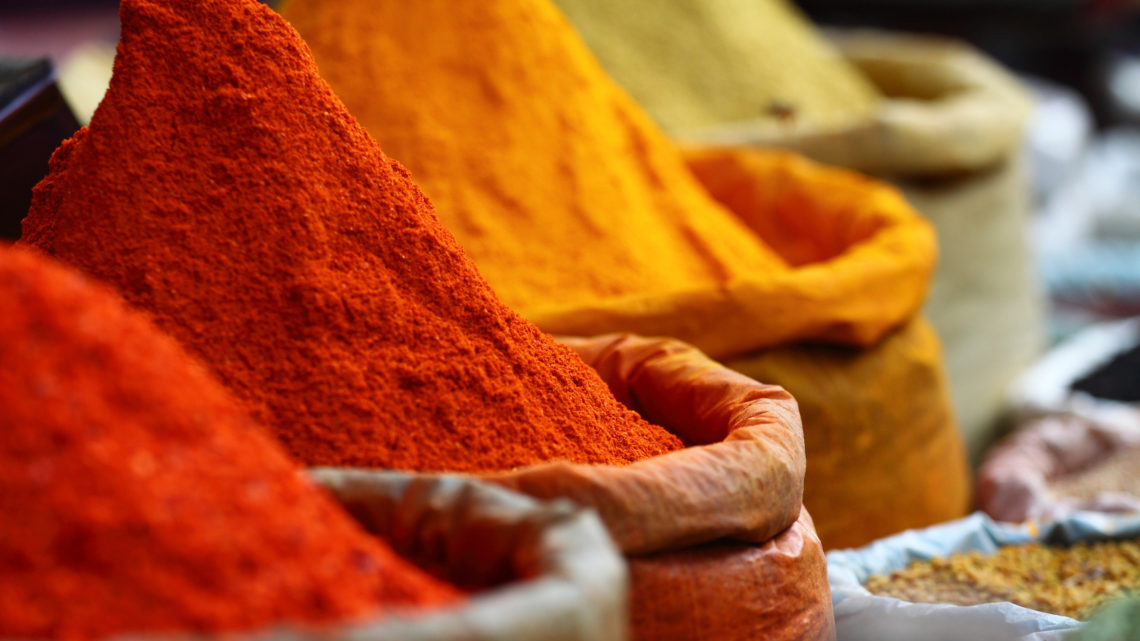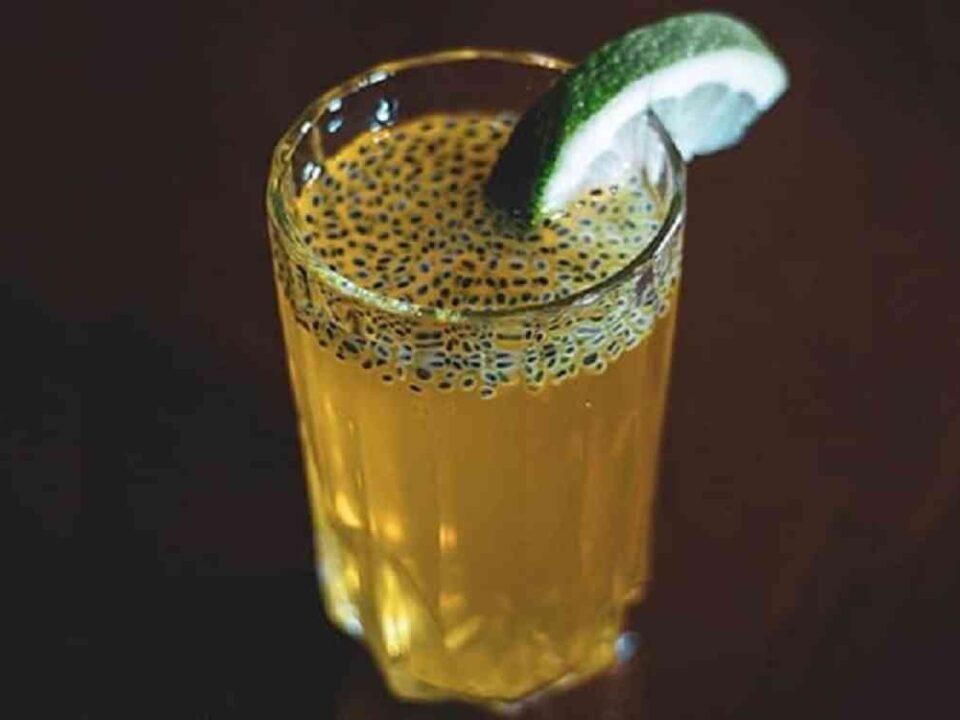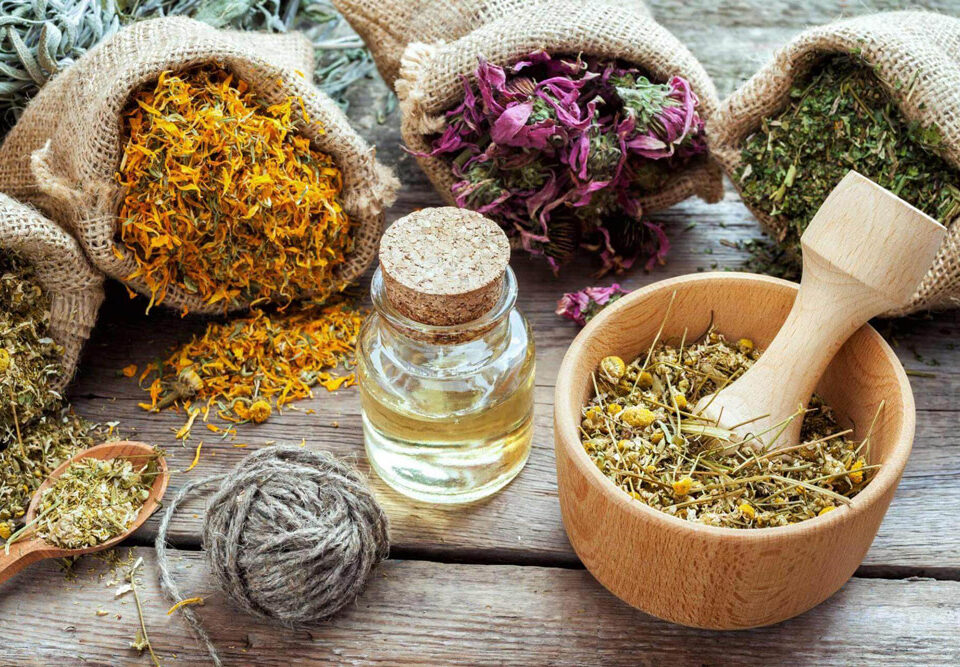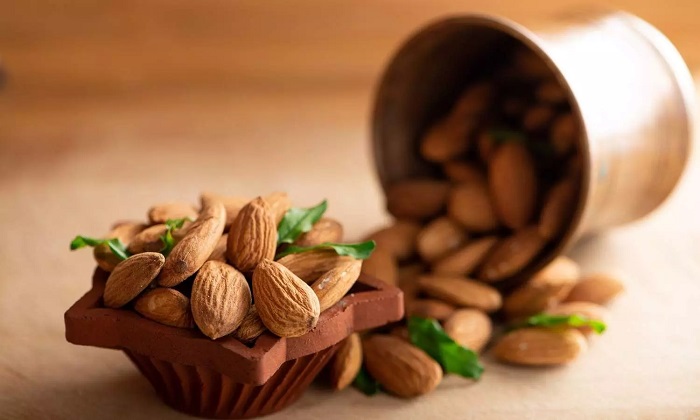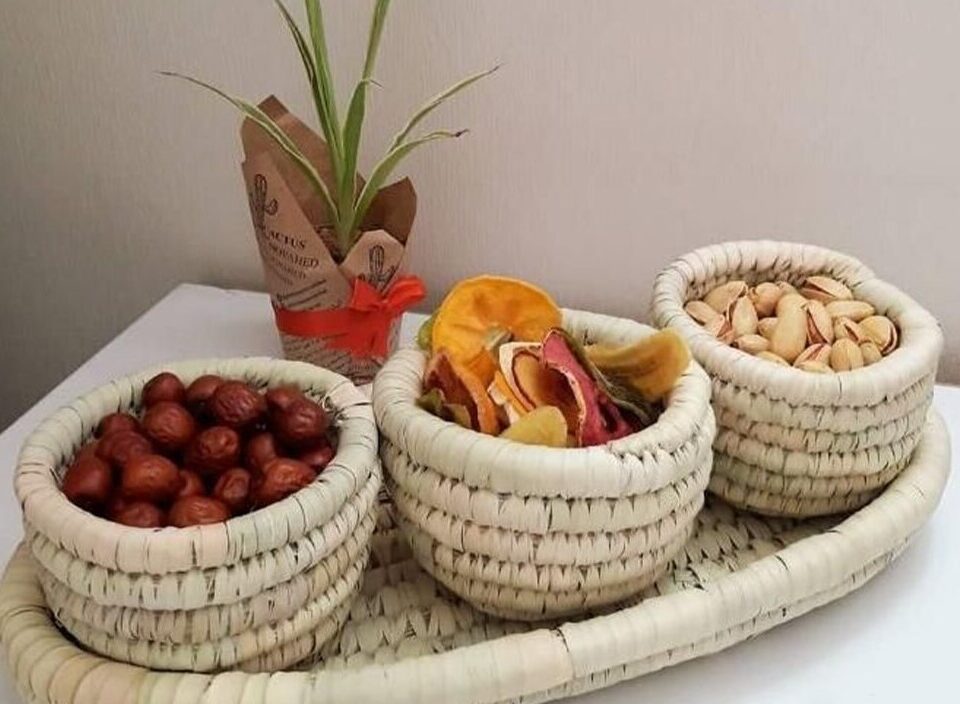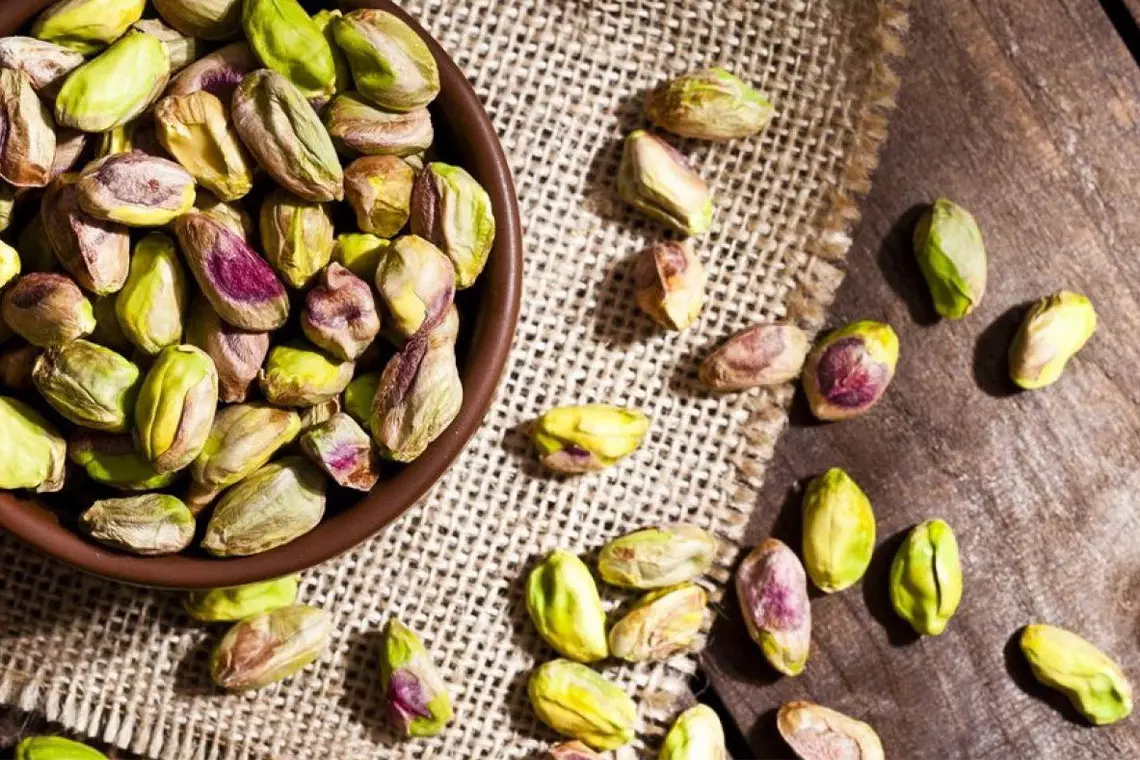
The Role of Nuts in a Healthy Diet

How to Choose the Best Dried Fruits
Introducing Different Spices and Their Uses
Iranian cuisine is renowned for its rich flavors, and spices play a central role in creating its distinct and aromatic dishes. Iranian spices not only enhance the taste of food but also offer a wide range of health benefits. Whether you’re new to Iranian cooking or a seasoned home chef, these must-know spices will help you bring the essence of Persian cuisine to life.
1. Saffron (Zaffran)
Flavor Profile:
Saffron is the world’s most expensive spice, known for its unique aroma and deep golden color. It has a slightly sweet, floral, and earthy flavor that is difficult to replicate.
Common Uses:
In Iranian cuisine, saffron is often used in rice dishes like “Tahchin” and “Chelo” to give the rice a beautiful color and aroma. It’s also added to stews, desserts, and even beverages such as “Saffron tea” and “Sharbat” (a traditional Persian drink).
Health Benefits:
Saffron is packed with antioxidants and has been linked to mood enhancement, improved digestion, and even helping with symptoms of depression.
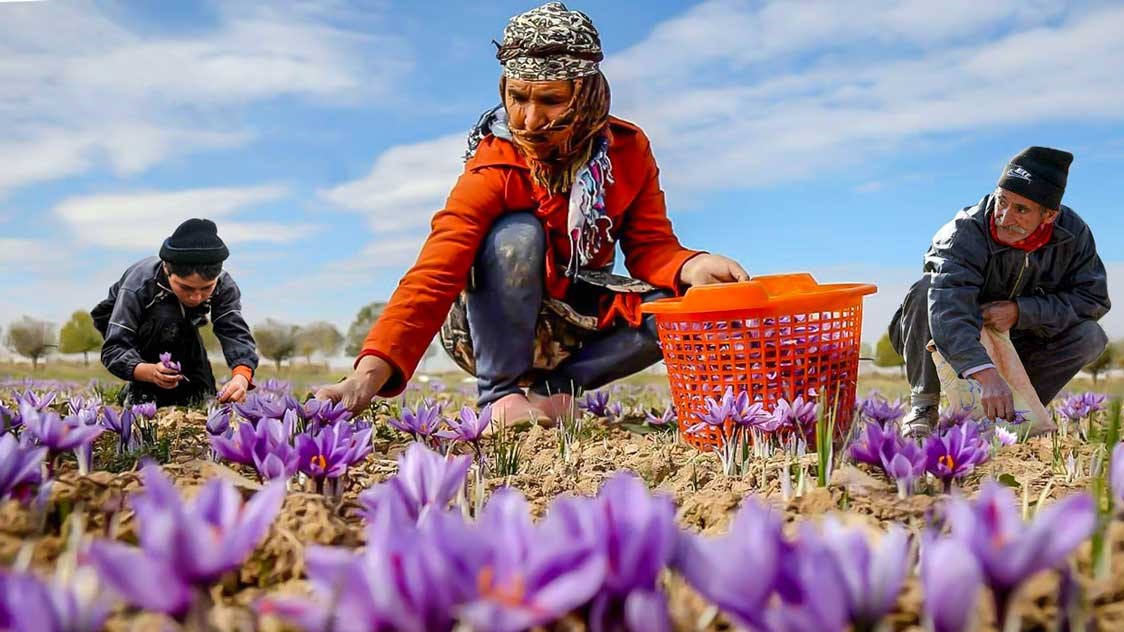
Persian Saffron
2. Sumac
Flavor Profile:
Sumac has a tangy, lemon-like flavor, but it’s milder and more balanced than lemon juice or vinegar. Its bright red color also adds visual appeal to dishes.
Common Uses:
It is commonly sprinkled over kebabs and grilled meats, giving them a fresh, citrusy kick. Sumac is also used in salads and is a key ingredient in the famous Persian dish “Fattoush” (a bread salad).
Health Benefits:
Sumac is rich in antioxidants and has anti-inflammatory properties. It has been traditionally used to help lower blood sugar levels and improve digestion.
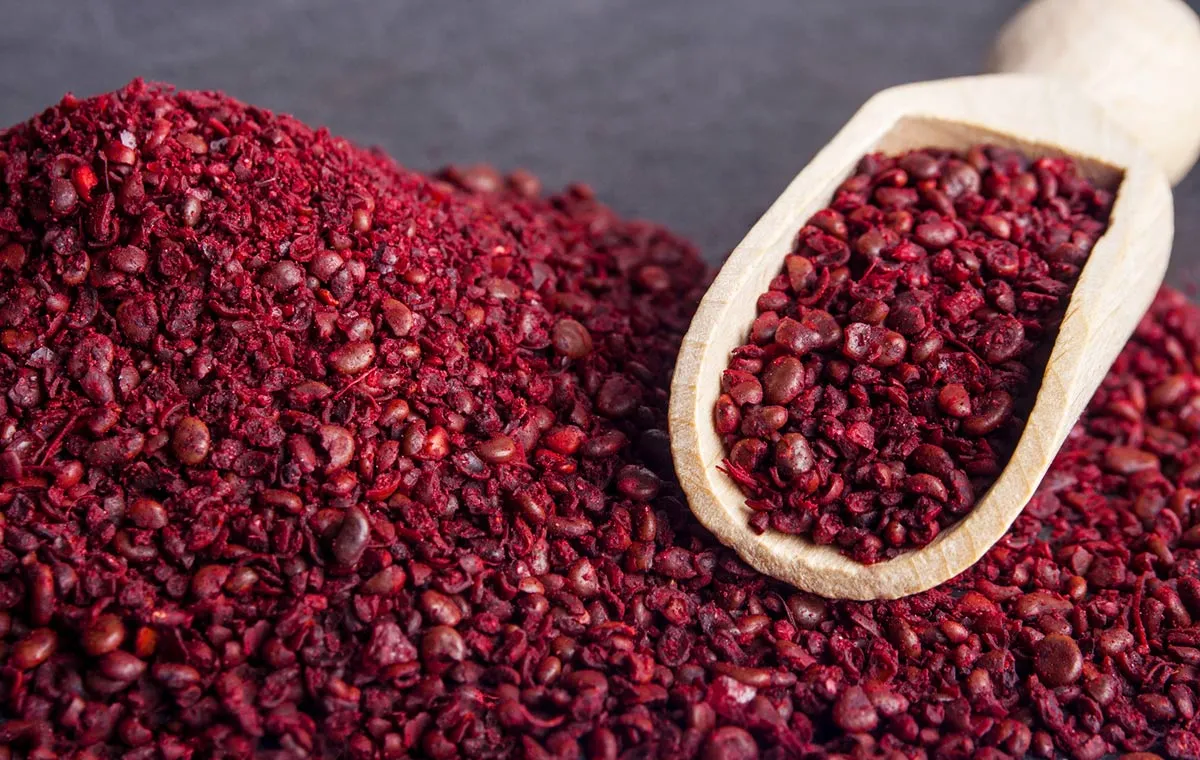
Persian Sumac
3. Turmeric (Zardchoobeh)
Flavor Profile:
Turmeric has a warm, earthy, and slightly bitter taste. It’s often used for its vibrant yellow color, which gives dishes a golden hue.
Common Uses:
Turmeric is a staple in many Iranian stews (known as “khoresh”), soups, and rice dishes. It’s often combined with black pepper to enhance its flavor and absorption. One of the iconic uses of turmeric is in “Khoresh Gheymeh” (a split pea and lamb stew).
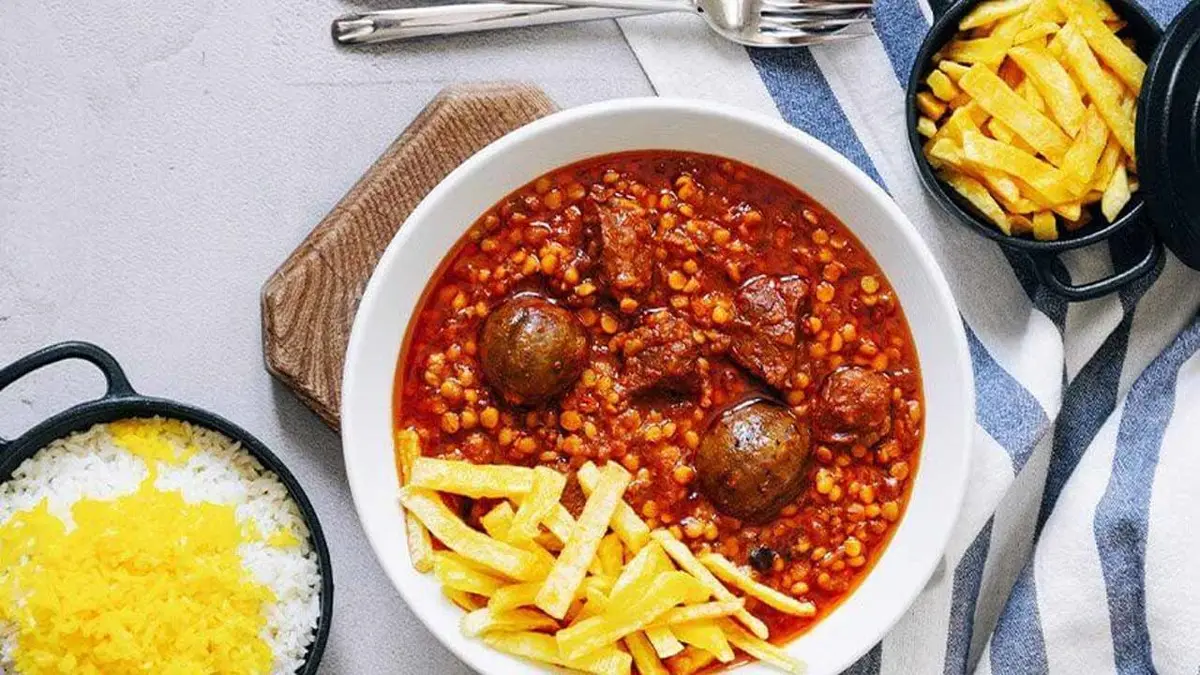
Khoresh Gheymeh
Health Benefits:
Turmeric is famed for its anti-inflammatory properties, thanks to its active compound, curcumin. It’s also known to boost immunity, improve heart health, and aid in digestion.

Persian Turmeric
4. Cardamom (Hel)
Flavor Profile:
Cardamom has a strong, sweet, and slightly spicy flavor with hints of citrus and mint. It’s both aromatic and flavorful, making it an essential spice in Iranian cooking.
Common Uses:
In Iran, cardamom is frequently used in both savory and sweet dishes. It is a key ingredient in Persian desserts like “Sholeh Zard” (a saffron rice pudding) and is also added to tea and coffee for a distinct flavor. In stews and rice dishes, cardamom adds a subtle depth.
Health Benefits:
Cardamom is known to aid digestion, improve oral health, and help with respiratory issues. It also has anti-inflammatory and antioxidant properties.
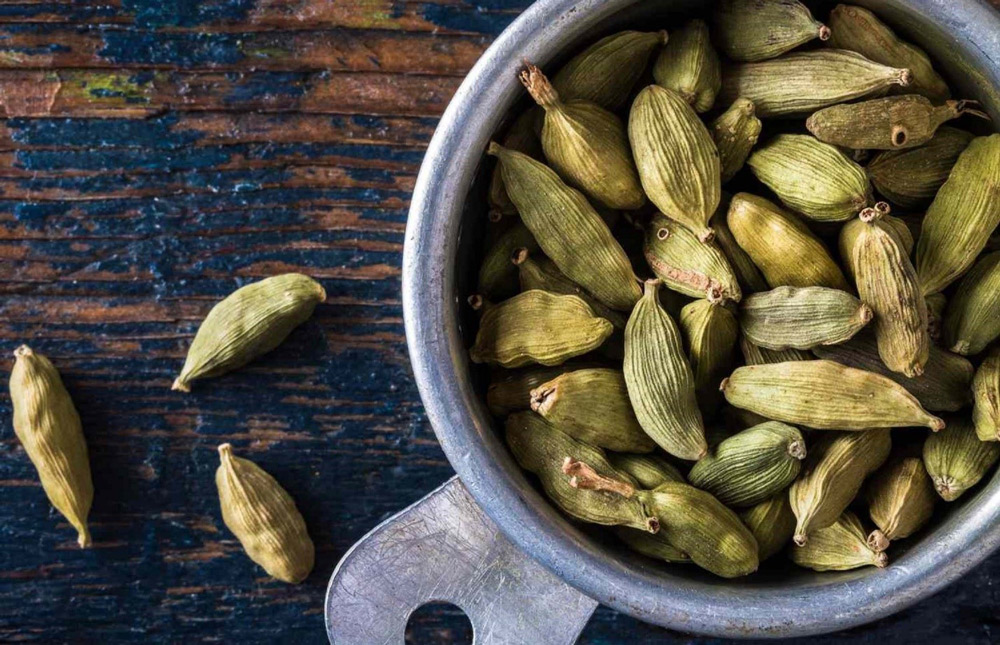
Persian Cardamom (Hel)Persian Cardamom (Hel)Persian Cardamom (Hel)ررPersian Cardamom (Hel)Persian Cardamom (Hel)Persian Cardamom (Hel)Persian Cardamom (Hel)
5. Cinnamon (Darchin)
Flavor Profile:
Cinnamon has a warm, sweet, and woody flavor that is both comforting and aromatic.
Common Uses:
Cinnamon is commonly used in Iranian stews, rice dishes, and desserts. It’s often paired with saffron and rosewater in Persian desserts like “Fereni” (a milk-based pudding). It’s also sprinkled on top of Shirini (Persian sweets) and used in rice pilaf dishes.
Health Benefits:
Cinnamon is famous for its ability to lower blood sugar levels and improve heart health. It also has powerful anti-inflammatory and antioxidant properties.
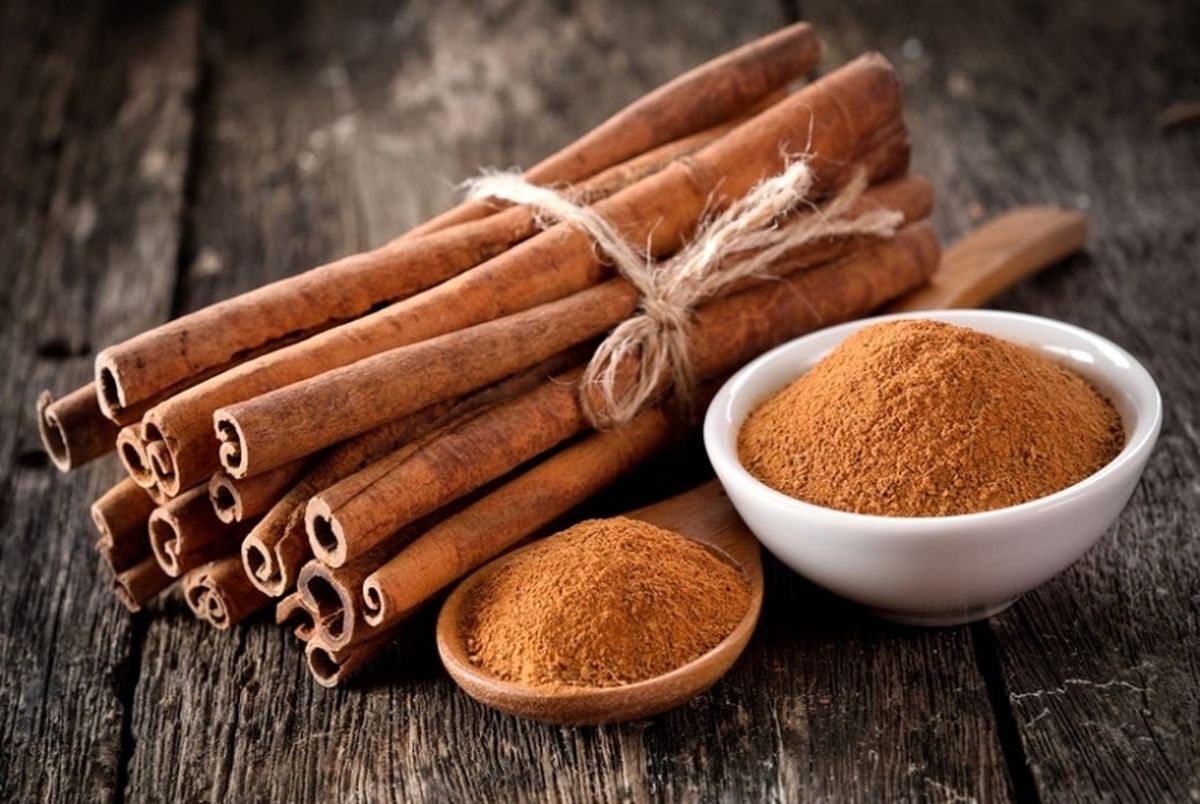
Persian Cinnamon (Darchin)
6. Dried Limes (Limoo Amani)
Flavor Profile:
Dried limes, or limoo amani, have a tangy, slightly bitter, and citrusy flavor that is both sour and earthy.
Common Uses:
Dried limes are often added whole or crushed into stews like “Khoresh Gheimeh” and “Khoresh Sabzi” (eggplant stew), where they infuse the dish with their unique tartness. They are also used to make a refreshing limoo amani tea.

Khoresh Sabzi
Health Benefits:
Dried limes are rich in vitamin C and antioxidants. They aid in digestion, improve skin health, and boost the immune system.
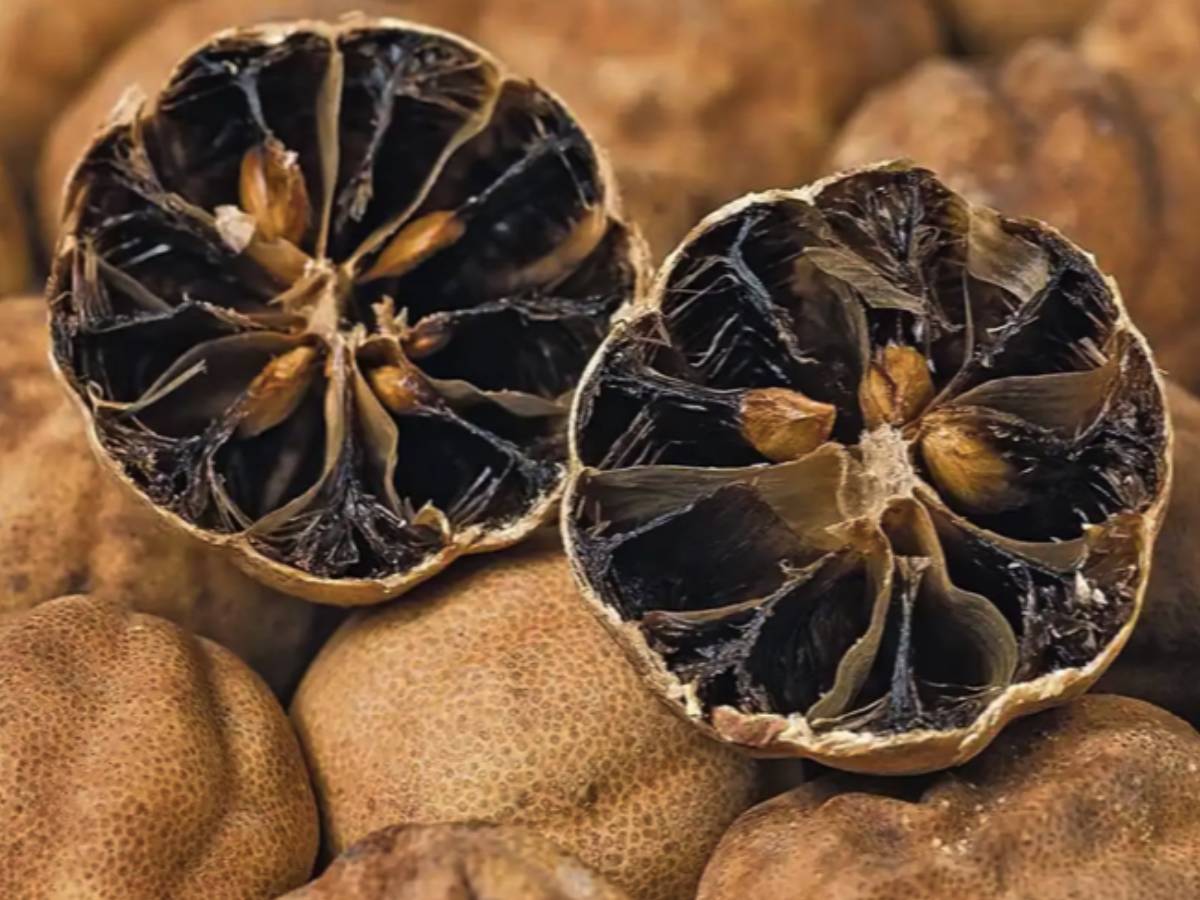
Dried Limes (Limoo Amani)
7. Rose Petals (Golab)
Flavor Profile:
Rose petals have a light, floral, and slightly sweet flavor that’s delicate but highly aromatic.
Common Uses:
Rose petals are widely used in Persian desserts such as “Bastani” (Persian ice cream) and “Sholeh Zard”. They are also infused with Persian rosewater, which is used in a variety of sweet dishes and drinks, including Sharbat.
Health Benefits:
Rose petals and rosewater are known for their calming properties. They are also used to support digestive health, reduce stress, and improve skin health.
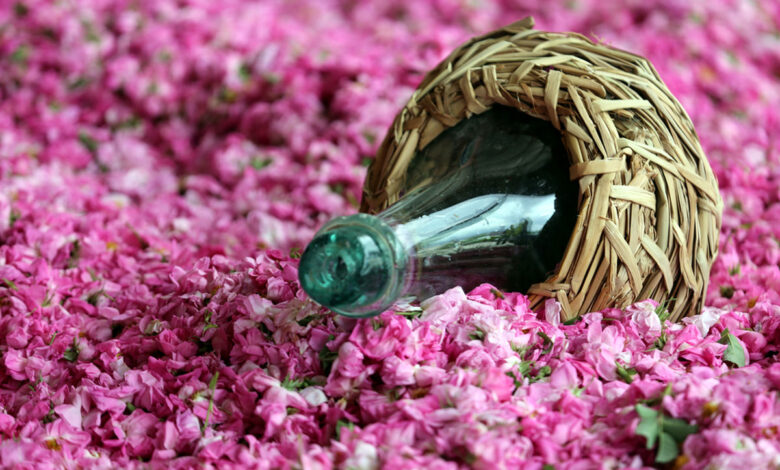
Rose Petals (Golab)
8. Cumin (Zireh)
Flavor Profile:
Cumin has a warm, earthy flavor with a hint of bitterness and peppery spice. It is one of the most commonly used spices in Iranian cuisine.
Common Uses:
Cumin is often used in kebabs, rice dishes like “Adas Polo” (lentil rice), and various Iranian stews. It pairs well with turmeric and cinnamon, creating rich flavors in slow-cooked dishes.
Health Benefits:
Cumin is known to aid digestion, improve blood sugar control, and enhance immunity. It also contains antioxidants and anti-inflammatory properties.
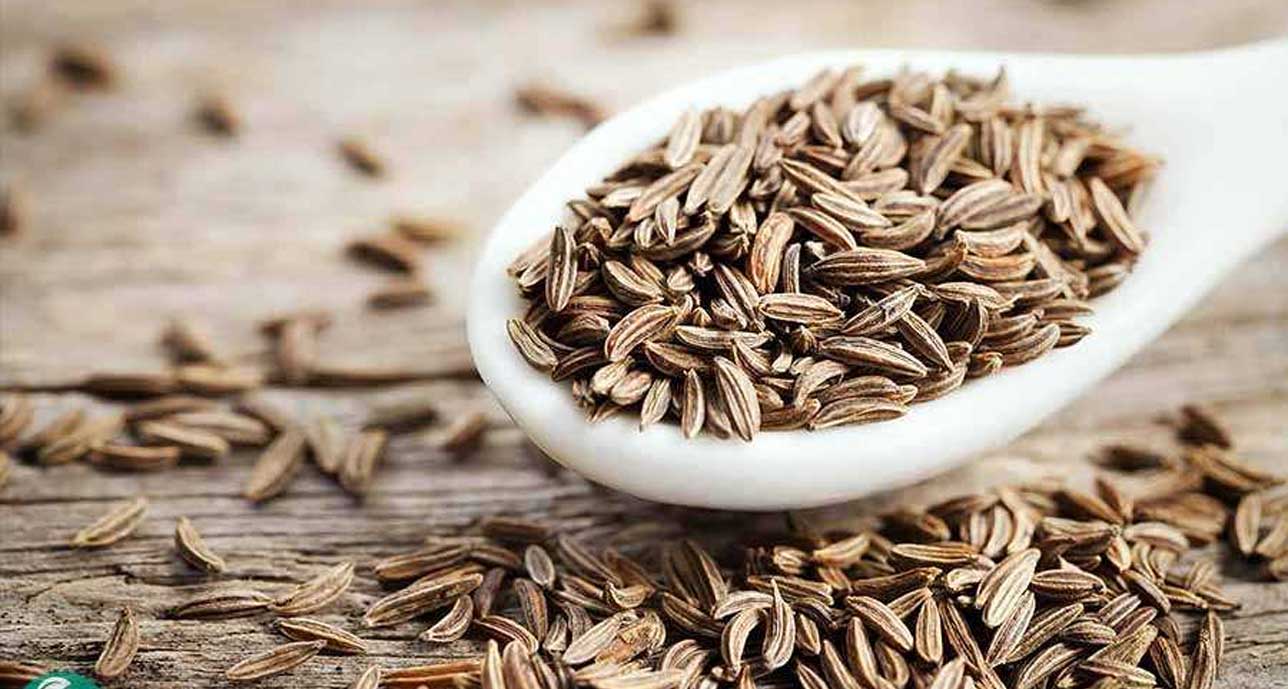
Persian Cumin (Zireh)
9. Persian Advieh
Flavor Profile:
Advieh is a unique Persian spice blend made from a mixture of several spices such as cumin, cinnamon, cardamom, and rose petals. It has a complex, aromatic flavor that is sweet, warm, and slightly floral.
Common Uses:
Advieh is used to season rice dishes, meat stews, and kebabs. It is a must-have in dishes like “Sabzi Polo” (herb rice) and “Baghali Polo” (rice with fava beans).
Health Benefits:
The various spices in advice offer a range of health benefits, from anti-inflammatory effects to improved digestion and heart health.
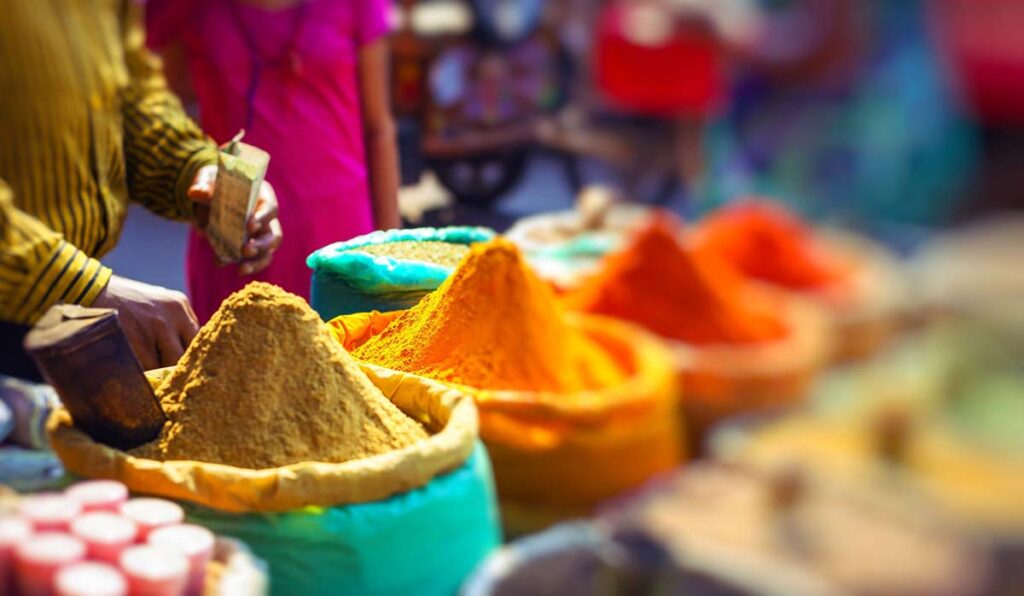
Persian Advieh
Conclusion
Iranian spices are the cornerstone of Persian cooking, adding depth, flavor, and aroma to every dish. From the luxurious saffron to the tangy dried limes, these spices offer a world of culinary possibilities. Incorporating these must-know Iranian spices into your cooking will not only elevate your meals but also provide a wealth of health benefits. Whether you’re making a traditional Persian dish or simply spicing up your everyday recipes, these spices are essential for any kitchen.

